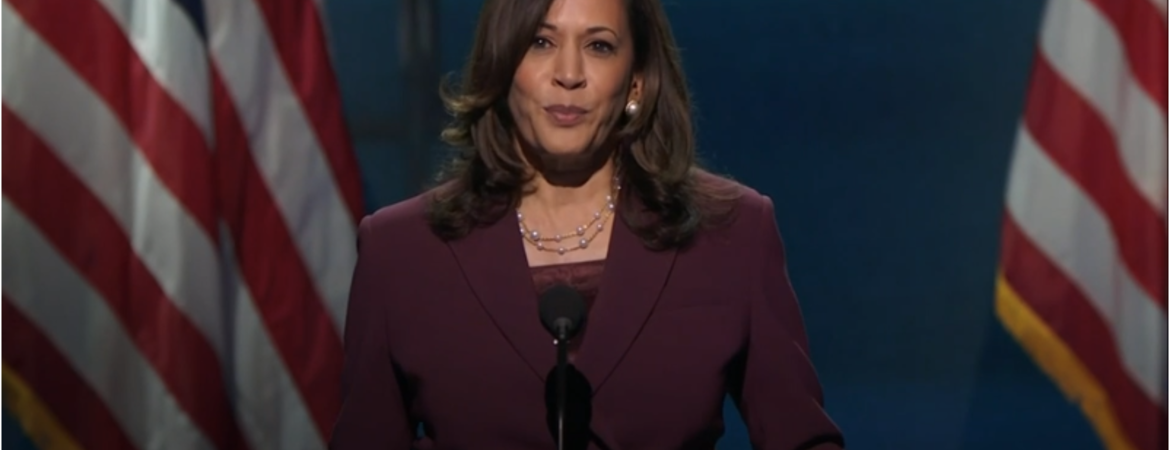Center for Social Innovation

"It was not until the passage of the Voting Rights Act of 1965—which, after years of work by civil rights activists, outlawed discriminatory voting practices and offered equal opportunity for all members of the electorate “to participate in the political process and to elect representatives of their choice”—that Black women could actually count on the right to vote. Meanwhile, that same year, also thanks in part to the civil rights movement, saw the passage of the 1965 Immigration and Nationality Act, a law that eliminated national and ethnic quotas, thus enabling more immigration from countries including India.
Many Indian Americans would not even be in this country, if it were not for the civil rights movement,” says Karthick Ramakrishnan, a professor of public policy at the University of California, Riverside and founder of AAPI Data.
Harris’ legacy is intertwined closely with that history. Her parents were civil rights activists who emigrated to the United States before immigration laws were liberalized. When her mother came to California from India in 1958, only a hundred Indians were allowed into the country annually. “The racist immigration laws that kept a tight lid on Asian migration to the United States are part of the reason why the Asian American community has been held back,” says Ramakrishnan."